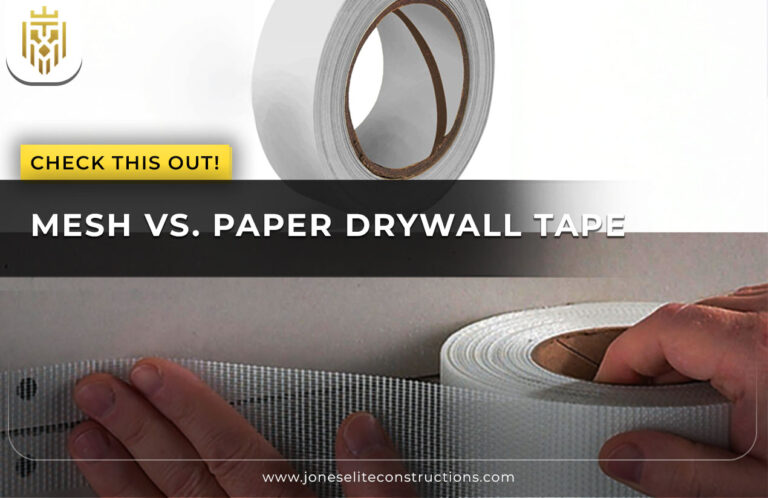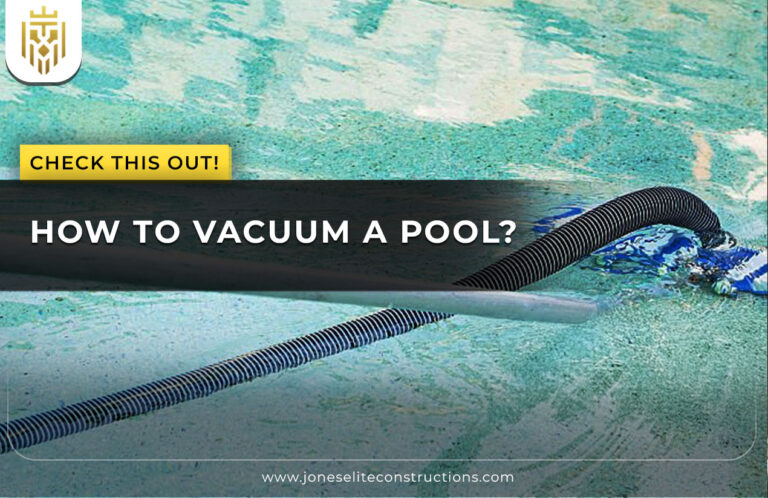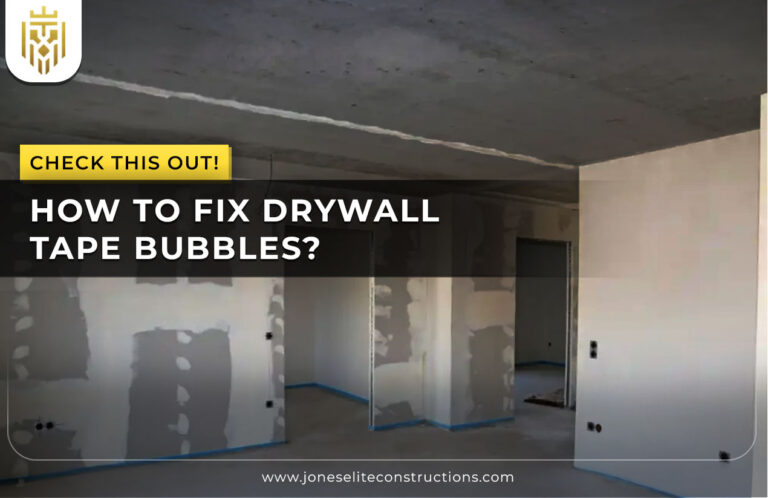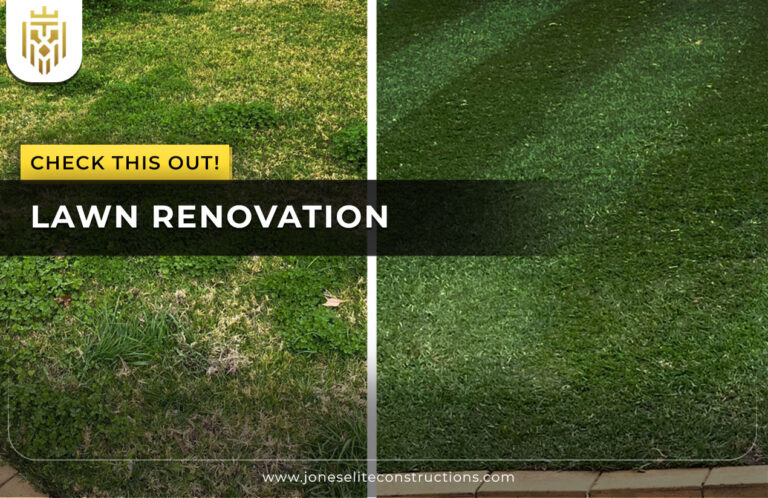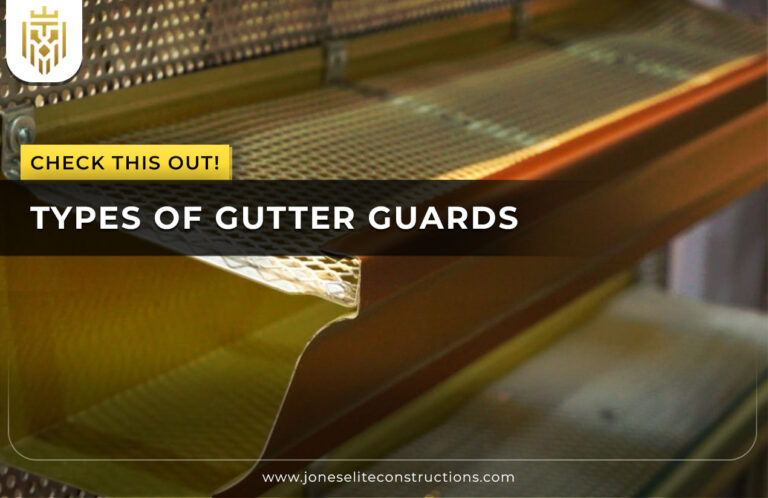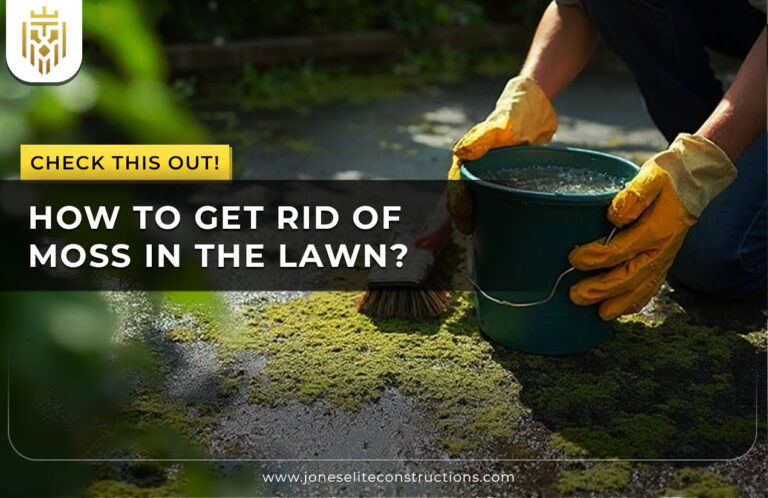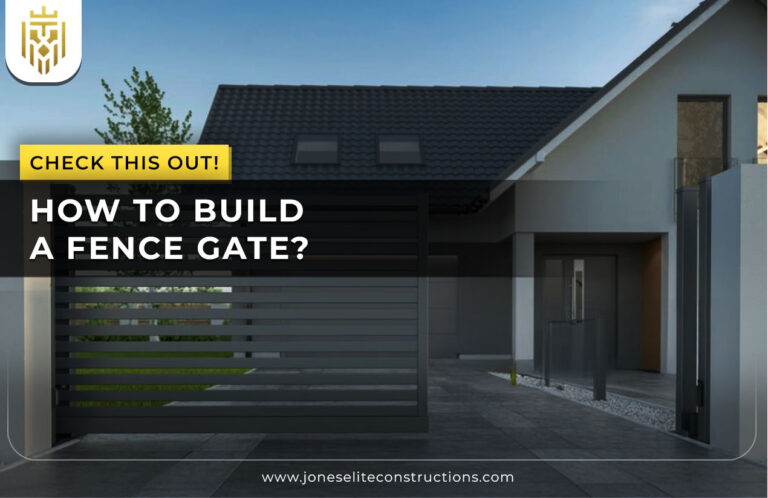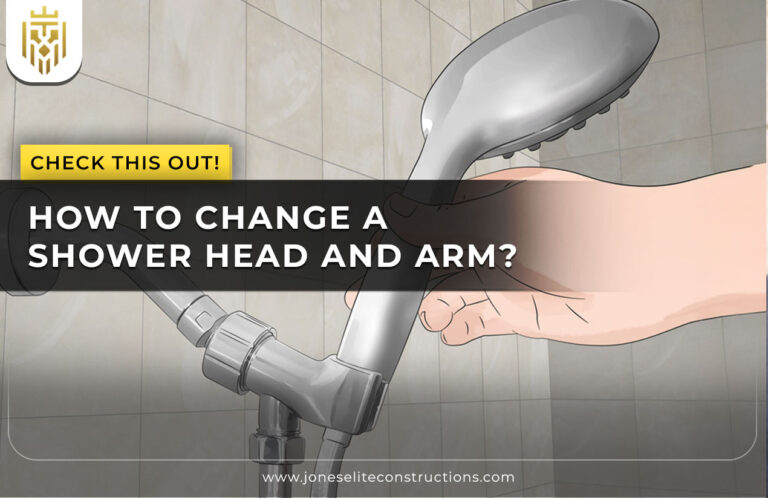Different Types of Pools
Swimming pools come in various forms, each with distinct designs, materials, and purposes. Here’s a breakdown of the most common types of swimming pools to help you make an informed decision.
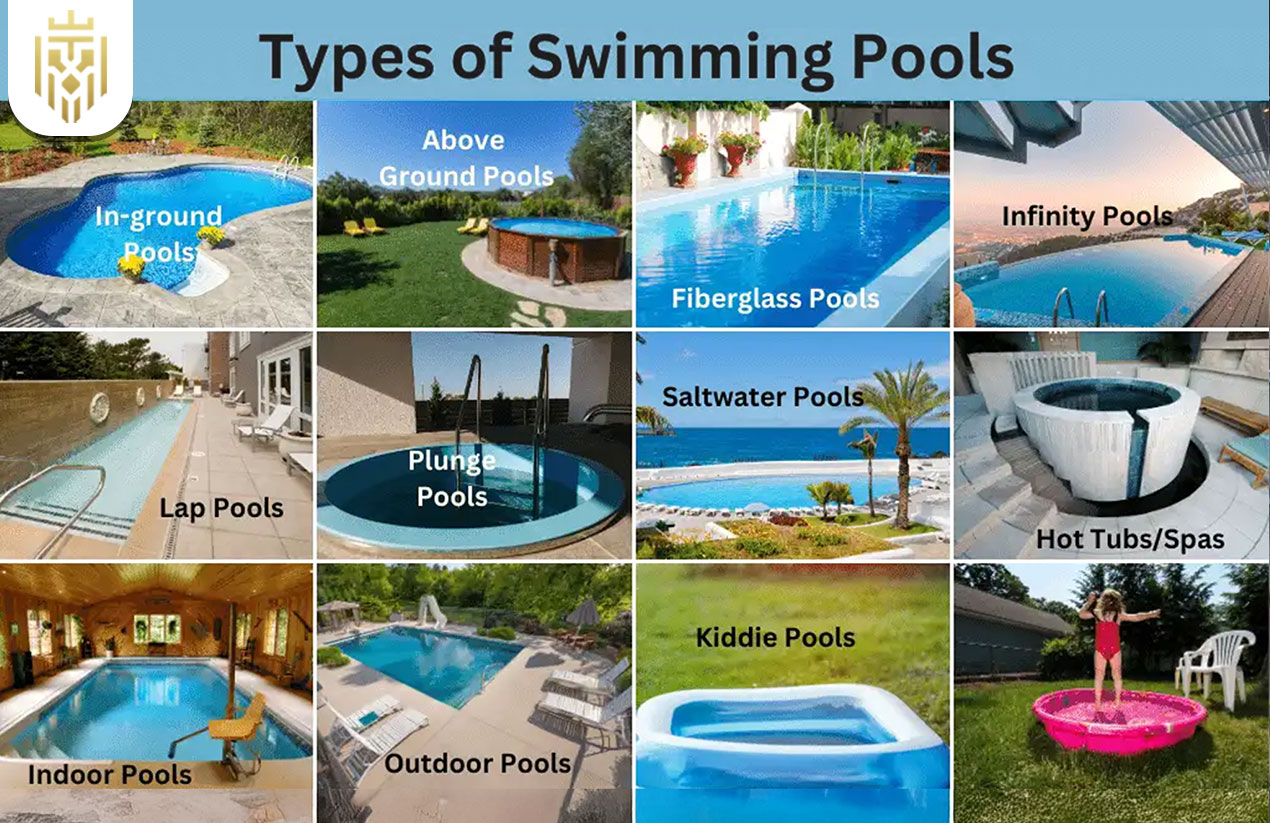
Inground Swimming Pools
Inground pools are permanent fixtures built into the ground and are often chosen for their durability and aesthetic appeal.
Concrete Pools
Concrete pools are strong and offer complete design flexibility. They can practically be constructed into any form or size, making them suitable for practically any topology and ideal for the homeowner who truly wants a customized pool. However, installation times are usually longer, and they require more upkeep—they should be resurfaced every 10 to 15 years.
Vinyl-Liner Pools
Vinyl liner pools have a vinyl sheet positioned between the water and the pool structure. They are quicker and less expensive to install than concrete pools, are smooth-sided for greater resistance to algae build-up, and the liners require replacement every 7 to 10 years and can puncture more easily than other materials.
Fiberglass Pools
Fiberglass pools are pre-molded and are quickly installed by placing the shell into a pre-dug hole. Being the least maintenance and non-porous, along with algae resistance, are the added benefits. Disadvantages include limited shape and size because they are manufactured off-site.
Above-Ground Swimming Pools
These pools are not built into the ground, making them more affordable and easier to install than in-ground pools.
Steel or Resin Frame Pools
Steel- or resin-frame pools are strong and sturdy above-ground options, remaining durable enough to withstand diverse weather conditions. These pools tend to come in kits, which allow for quicker installation, even if they don’t look quite as good as in-ground pools.
Inflatable Pools
These pools are portable, inexpensive, and -the-easy to set up for temporary use, or if there are kids in the house. However, they have to be considered for shallow swimming and usually have a shorter lifespan because they are rather susceptible to punctures.
Kiddie Pools
Kiddie pools are small and shallow in size, commonly made of vinyl, and are meant for small kids to play in. They provide a secure and fun environment where children can cool off during summers and are usually easy to pack away and set up again. These pools are not meant to be durable or designed for heavier use.
Infinity Edge Pools
Infinity edge pools are luxurious and visually captivating, with one or more edges giving a visual impression of water extending into the horizon. They are often the choice for upscale homes or properties with scenic views and call for complicated design and engineering.
Lap Pools
Lap pools are long, slim pools designed precisely for swimming laps. Owners interested in fitness usually go for these types. These are in-ground or above-ground pools built depending on the space available and design preference.
Natural Swimming Pools (Eco Pools)
Natural pools always rely on bio-filters and plants rather than chemicals to sanitize the pool water. Environmentally friendly, these pools blend seamlessly with the landscape, although great care should be taken in their planning and design to maintain the perfect balance for cleanliness.
Plunge Pools
The plunge pool is very tiny and is meant more for relaxing and cooling off than for swimming. These pools are suitable for tiny gardens or urban homes. They can be fitted with jets or heating systems for extra comfort.
Indoor Pools
Indoor pools are constructions set within a structure, making them available for year-round use regardless of the weather conditions. Such pools would guarantee privacy and protection from debris, but they involve an added cost since the building must be suitably ventilated and have controls installed for moisture effects.
Saltwater Pools
Saltwater pools use a salt chlorine generator to disinfect their waters as a gentler version of the traditional chlorine pools. These pools require less maintenance from their owners over time and are, therefore, softer on the skin and eyes but have a more expensive upfront cost due to the specialized equipment required for their effective use.
Spool
A spool is basically a spa-pool hybrid. It is smaller than a full-sized pool but bigger than a spa. It is for relaxing or hydrotherapy and is often equipped with jets. These are best for small places and for those who want some functionality.
Tips for Choosing a Swimming Pool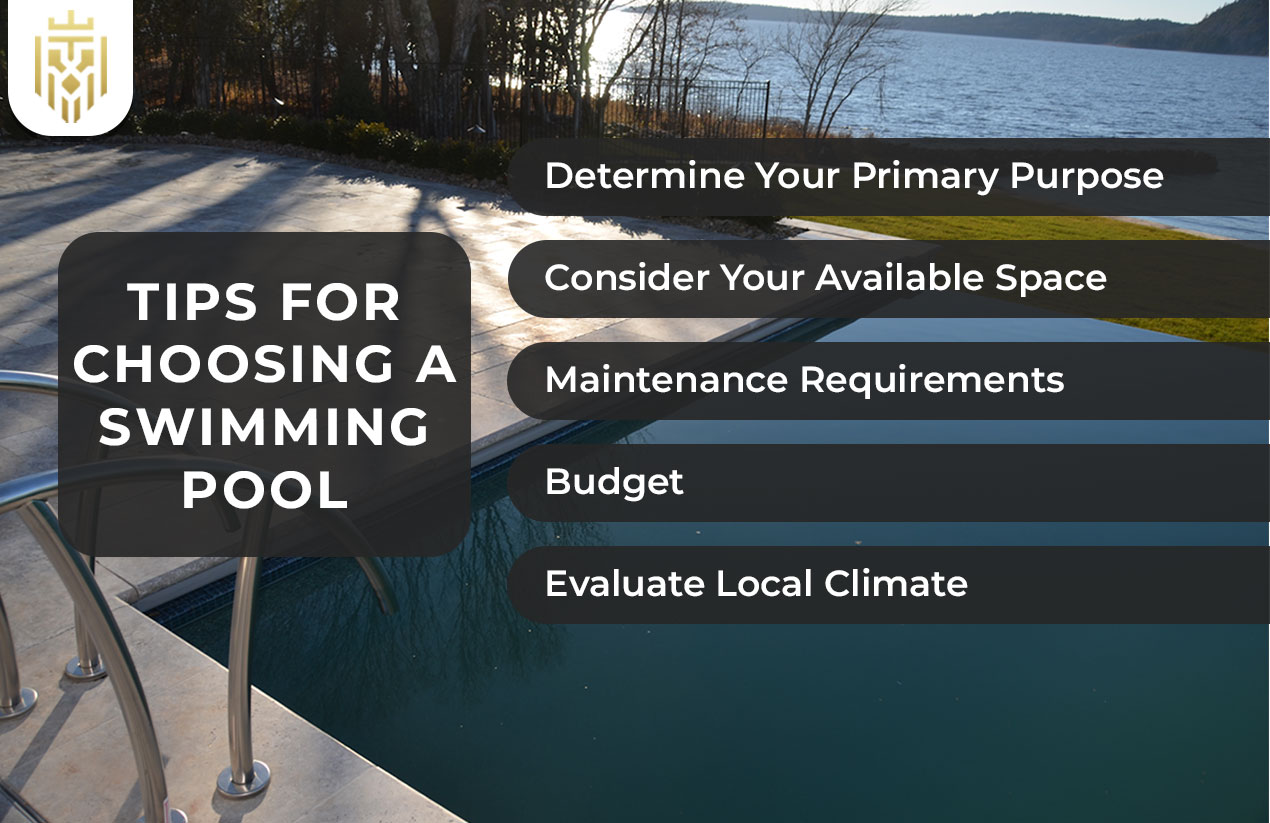
Before selecting the type of pool for your home, consider several factors that can influence your decision.
Determine Your Primary Purpose
Think of what you will mostly be intending to use the pool for: family recreation, fitness, relaxation, or simply looks. This would help you narrow down your options as to the type and features that best fit your lifestyle.
Consider Your Available Space
The size of your garden or yard really limits the pool that may be installed. In-ground pools need more space and landscaping, while above-ground pools and plunge pools can be hosted in much smaller areas.
Maintenance Requirements
Different types of pools have varying requirements for maintenance. Fiberglass and saltwater pools hold low maintenance, while concrete and natural pools would need regular attention and care.
Budget
Cost is a major consideration. Inground pools, especially custom concrete or infinity edge types, can go a lot higher than aboveground or inflatable ones. Long-term maintenance should also be kept in mind when casting the budget.
Evaluate Local Climate
Your local weather conditions impact how often and how long you can use the pool. In colder climates, indoor pools or easily winterized models may be more practical. In warm regions, any type of pool can be enjoyed for more months out of the year.
FAQs
1) How long does it take to install each type of pool?
Installation varies by pool type. Concrete pools are very long installations, sometimes even extending to many weeks or more. Installation of vinyl and fiberglass pools normally lasts 1 to 3 weeks. Above-ground or inflatable pools can sometimes be set up in a matter of days.
2) What is the most common type of pool?
For many residential zones, vinyl-liner and fiberglass inground pools are probably the most common because of their balance between affordability and durability.
3) Which type of pool is best for small backyards?
Plunge pools, spools, and above-ground pools make perfect pools for a constrained space. They provide maximum utility without taking up a big footprint.
4) Which type of swimming pool is the easiest to maintain?
Generally, fiberglass and saltwater pools are easier to maintain because they are non-porous and, to a certain extent, self-regulating in terms of needing less chemical usage and less cleaning effort.

